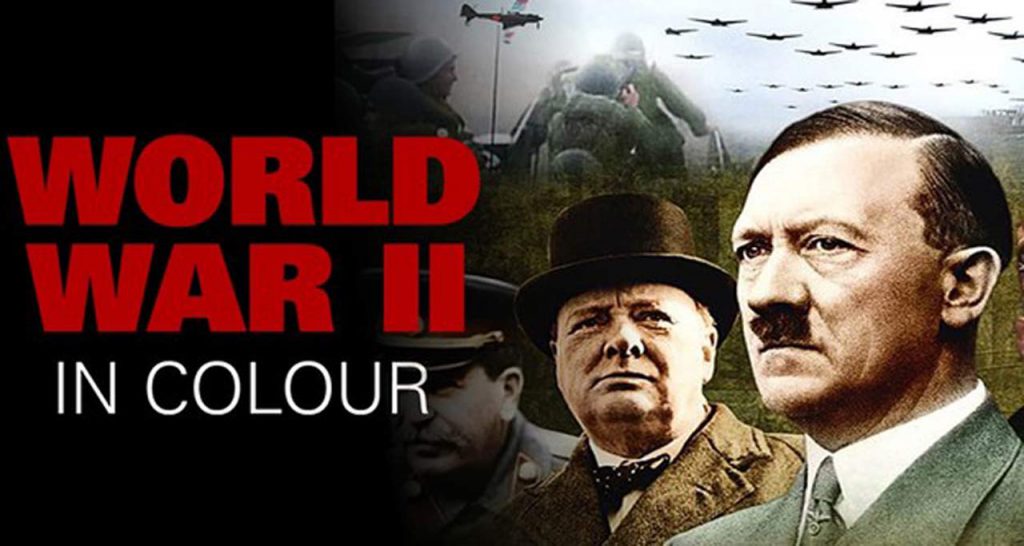World War II In HD Colour episode 13: The end of the War in the Pacific is one of the greatest and most terrible tales of modern history. The Japanese fought to the bitter end and continued to fight island by island, hill by hill. US Air Force command tried bombing Japan into submission, firebombing Tokyo but could not break the Japanese resolve. Over 200,000 people died. In the end, President Truman decided to go nuclear and the fates of Hiroshima and Nagasaki were sealed.
World War II in Colour is a 13-episode British television docuseries recounting the major events of World War II narrated by Robert Powell. It was first broadcast in 2008–2009. The series is in full colour, combining both original and colourized footage. The show covers the Western Front, Eastern Front, North African Campaign and the Pacific War. It was on syndication in the United States on the Military Channel.
World War II In HD Colour episode 13
Atomic bombings of Hiroshima and Nagasaki
The atomic bombings of Hiroshima and Nagasaki were two devastating events that occurred in August of 1945 during World War II. These bombings, carried out by the United States, marked the first and only use of nuclear weapons in a conflict and had a profound impact on the world.
On August 6, 1945, an American B-29 bomber, the Enola Gay, dropped an atomic bomb on the city of Hiroshima, Japan. The bomb, named “Little Boy,” was dropped from an altitude of 9,000 meters and caused a massive explosion that destroyed much of the city and killed tens of thousands of people. Just three days later, on August 9, a second atomic bomb was dropped on the city of Nagasaki. This bomb, named “Fat Man,” was also dropped from a B-29 bomber and caused significant damage and loss of life.
The bombings of Hiroshima and Nagasaki resulted in the deaths of over 200,000 people, including both military personnel and civilians. The bombings also caused significant damage to the cities, with many buildings being completely destroyed and others being severely damaged. The impact of the bombings was felt not only in Japan but around the world. The use of nuclear weapons was seen as a warning to other countries about the destructive power of these weapons and helped to shape the course of international relations for decades to come.
The bombings of Hiroshima and Nagasaki were a turning point in the use of military force and raised important questions about the morality of using weapons of mass destruction in a conflict. The events of August 6 and 9, 1945, continue to be studied and remembered as a warning about the dangers of nuclear weapons and the need for international cooperation to prevent their use in the future.




